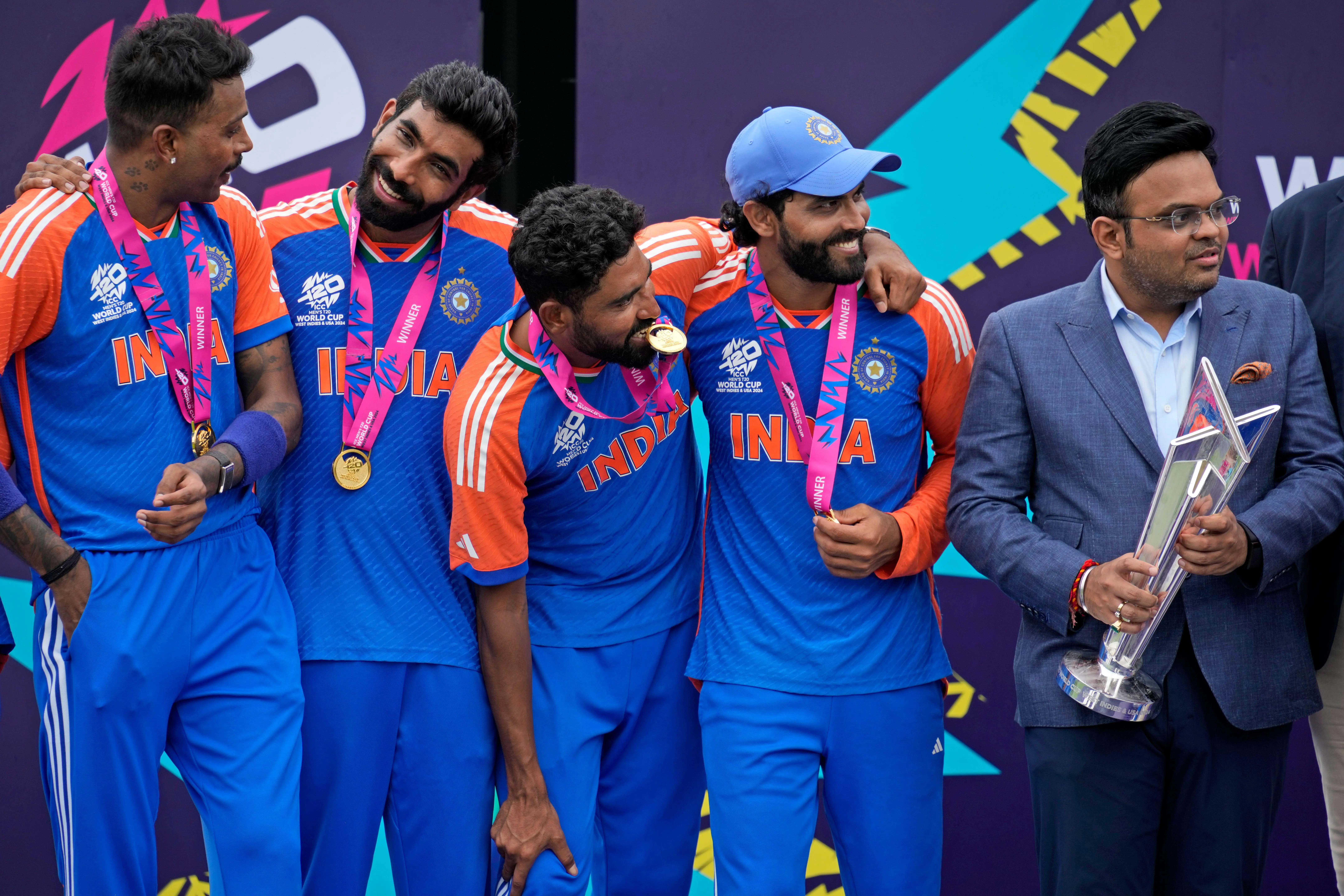The concept of the Pink Ball Test came into discussion in the 2000s with the aim of making the Test format more popular and attracting more viewers to the oldest and most traditional form of cricket. The Day/Night Test sought to target prime-time viewers who could watch the match during their free time. In an effort to bring the concept to life, the Pink Ball Test match came into existence in 2015. Ahead of the India vs Australia 2nd Test, starting from December 6, let us look Pink Ball Test history.
Pink Ball Test History
The concept of playing under floodlights originated in the western Adelaide suburb of Cowandilla during the 1930s, leading to the creation of an 11-team Electric Light Cricket competition. However, it is generally believed that the first match played under floodlights in England took place on August 11, 1952, between Middlesex County Cricket Club and Arsenal Football Club. This match was a benefit for Jack Young and was not the first such event between the two teams.
How Pink Ball came into existence?
To make day-night tests possible, research was done. Under floodlights, the red ball might be hard to see, thus other options were considered. Yellow, orange, and pink balls were used in the experiments, and an improved white ball that could survive for 80 overs was even suggested. Players wore colorful uniforms. At last, Pink ball was the most suitable format for Day/ Night.
When was the first Pink Ball test match?
Women’s cricket trialed the pink ball in a 2009 England-Australia ODI, followed by a 2010 first-class match in Antigua.
In November 2015, the inaugural pink-ball, day-night Test match took place in Adelaide. Australia defeated New Zealand by just three wickets on day three, making it a low-scoring thriller. Pace bowlers flourished because there was more grass left on the field to prevent damage to the pink ball, especially at dusk when the ball swung wildly.
Editor's Pick
 Cricket
ICC Champions Trophy scenario: Is Siraj good enough to lead India's pace attack in Bumrah's absence?
Cricket
ICC Champions Trophy scenario: Is Siraj good enough to lead India's pace attack in Bumrah's absence?



















































